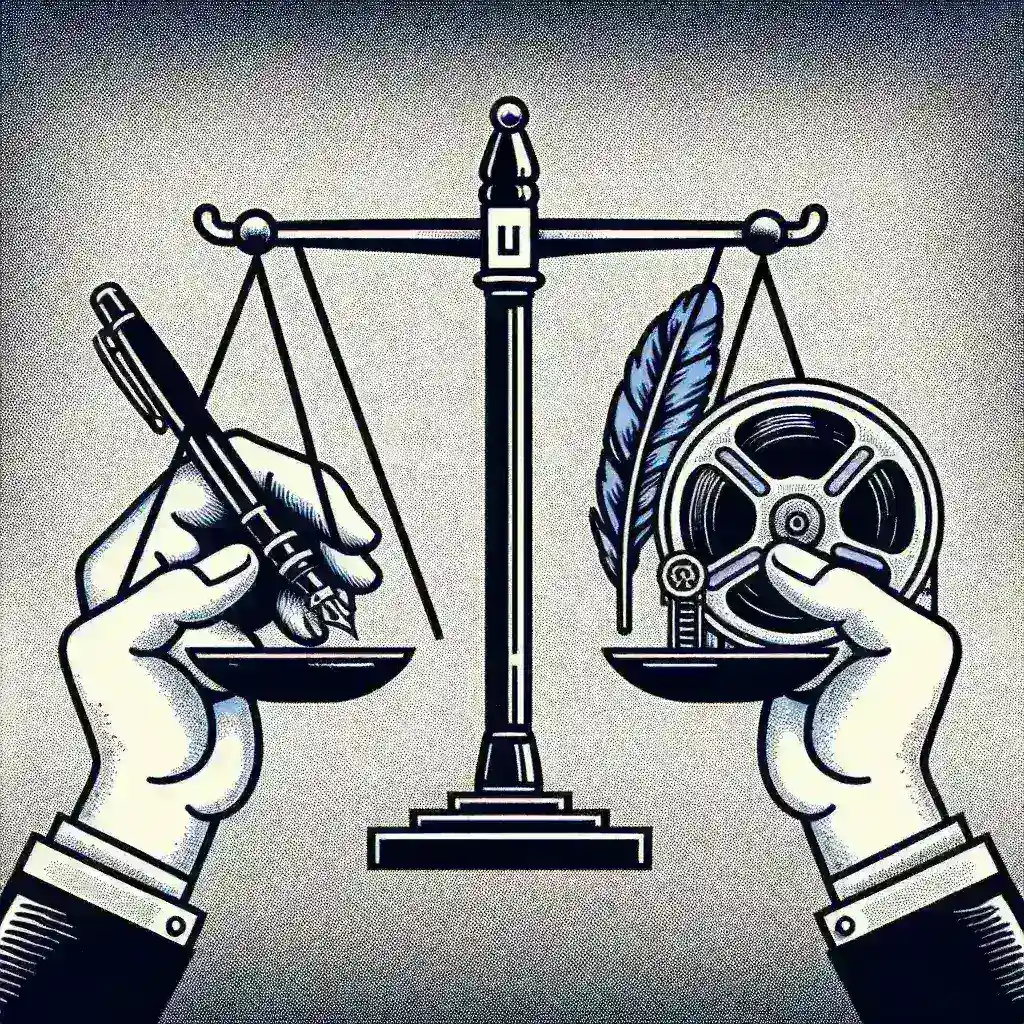Introduction
As technology continues to advance, the realm of content creation has undergone a significant transformation. One of the most exciting developments is the emergence of text to video models, which have revolutionized how creators turn written content into engaging videos. This article will delve into how these modern models compare to early tools, examining their historical context, capabilities, limitations, and what the future may hold for this innovative technology.
A Historical Perspective
The journey of text to video technology began in the early 2000s when simple text-to-speech programs were first developed. As the internet proliferated, so did the need for innovative content delivery methods. Early tools utilized basic algorithms to convert text into rudimentary video formats, often resulting in static images accompanied by voiceovers. While functional, these early attempts lacked the creative flair and interactivity that audiences have come to expect.
Fast forward to the present day, we are witnessing a new era of content generation powered by sophisticated machine learning algorithms and artificial intelligence. The transition from simple text-to-video converters to advanced models capable of generating rich multimedia experiences is nothing short of remarkable.
How Modern Text to Video Models Work
Modern text to video models utilize deep learning techniques to analyze and process textual input, generating videos that are not only visually appealing but also contextually relevant. Some key components of these models include:
- Natural Language Processing (NLP): NLP enables the model to understand and interpret the nuances of human language, making it possible to capture the essence of the text.
- Computer Vision: This technology allows models to identify objects, scenes, and actions, which are crucial for creating visually coherent videos.
- Generative Adversarial Networks (GANs): GANs help synthesize realistic images and animations, bridging the gap between text and visual content.
Comparing Early Tools to Modern Models
To appreciate the advancements in text to video technology, it’s essential to compare the capabilities of early tools with those of modern models. Here are some critical points of comparison:
1. Quality of Output
Early tools produced basic, often grainy videos that failed to engage audiences. In contrast, modern text to video models generate high-definition videos with smooth transitions, engaging graphics, and relevant imagery.
2. Customization Options
Users of early tools had limited customization options, often confined to simple templates. Modern models offer extensive customization, allowing creators to tailor videos to their specific needs, including font choices, colors, and styles.
3. Speed of Production
The speed at which videos can be generated has significantly increased. While early tools required considerable time to produce even basic videos, modern models can generate high-quality content in a fraction of the time.
4. User Experience
Early tools often came with steep learning curves and technical limitations. Modern text to video models prioritize user experience, featuring intuitive interfaces that allow even beginners to create professional-looking videos.
Pros and Cons of Text to Video Models
Like any technology, text to video models come with their advantages and disadvantages. Understanding these can help users make informed decisions when choosing the right tool for their needs.
Pros
- Enhanced Engagement: Videos are inherently more engaging than text, making it easier to capture and retain audience attention.
- Versatility: Text to video models can be used in various contexts, from educational content to marketing materials.
- Efficiency: The ability to produce videos quickly saves time and resources, enabling creators to focus on other aspects of their projects.
Cons
- Quality Control: While modern models produce high-quality videos, there may still be instances where the output does not meet expectations, necessitating manual adjustments.
- Dependence on Technology: Relying heavily on these models can reduce human creativity in content creation, making it essential to find a balance.
Future Predictions for Text to Video Technology
The future of text to video technology is promising, with several trends likely to shape its evolution:
- Increased Personalization: As AI continues to advance, we can expect models to become even more adept at personalizing video content based on user preferences and behavior.
- Integration with Other Technologies: The convergence of text to video models with virtual reality (VR) and augmented reality (AR) could lead to immersive content experiences.
- Expanded Accessibility: As technology becomes more democratized, we can expect a broader range of users, including those with disabilities, to leverage these models effectively.
Conclusion
The evolution of text to video models from their early tool counterparts marks a significant milestone in content creation. As technology progresses, these models will likely play an increasingly vital role in how information is presented and consumed. Whether for educational purposes, marketing, or entertainment, the ability to transform text into compelling visual narratives will continue to reshape the landscape of digital communication.
